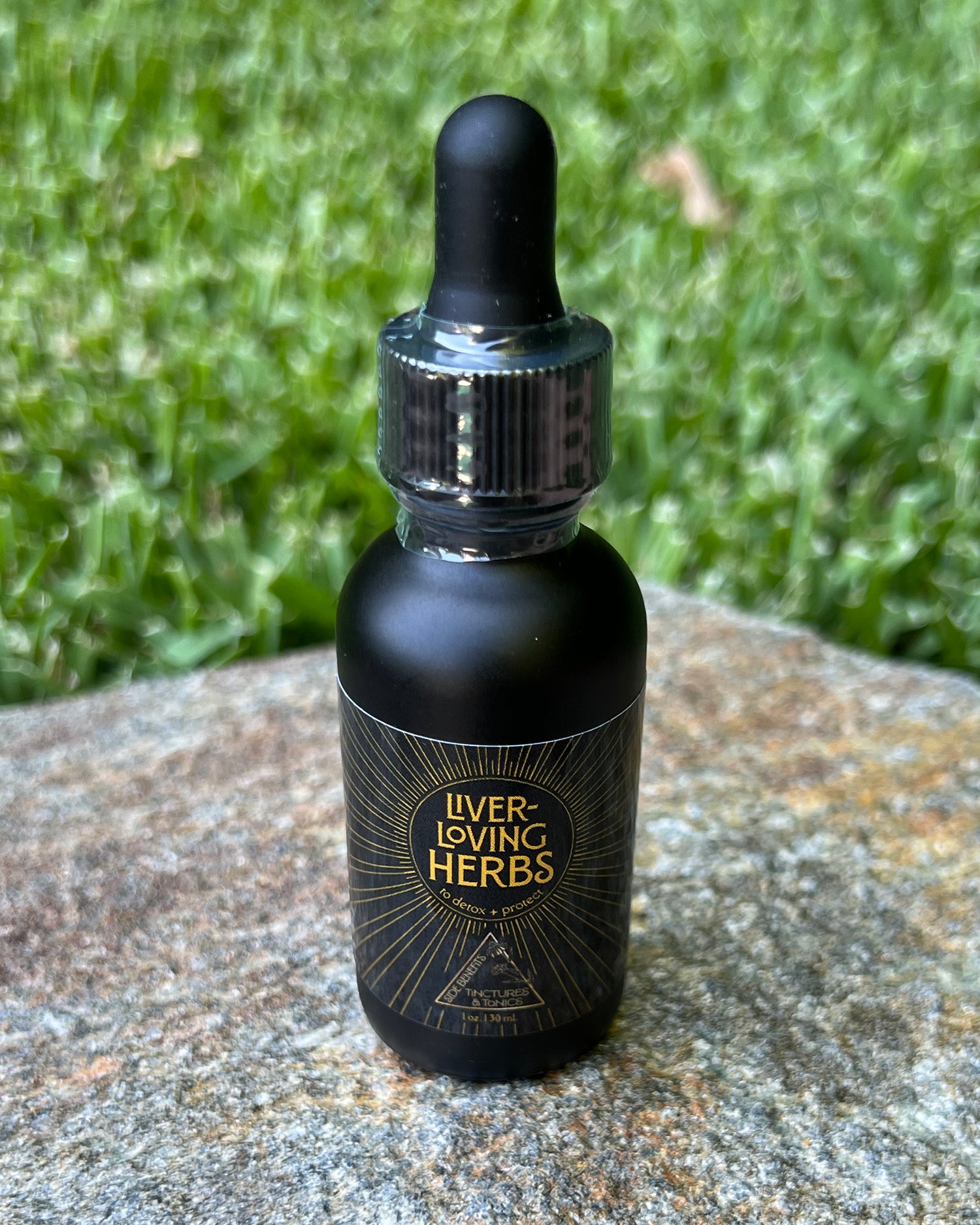Female hormones, menstruation and the reasons for imbalances
One of the most fascinating and complex hormonal occurrences in human physiology is the female reproductive cycle. Hormones determine when the female cycle begins, how long it lasts, and how long before she bleeds again. Hormonal imbalance is also incredibly common among women. Many of us have normalized painful symptoms such as breast tenderness, debilitating cramps or headaches because they occur every month––but painful symptoms are NOT normal. Symptoms such as PMS, fatigue, acne, mood swings, sugar cravings, and sleep disturbances are signals from our body, telling us our hormones are out of balance.
Overview of the hormone-dependent female cycle
- Menstruation is day 1 of the cycle and kicks off the first 7 days of the follicular phase.
- The follicular phase continues from days 8-13. This is where follicles start to grow and estrogen rises, thickening the uterine lining. A dominant follicle is selected based on its high number of estrogen receptors. Sensing a rise in estrogen, the pituitary gland releases a surge of luteinizing hormone (LH), triggering ovulation.
- Ovulation occurs between days 14-21 (ending the follicular phase) upon the rupture of the follicular wall and release of an egg which is guided to the uterus down the fallopian tube. The mature follicle is transformed into a corpus luteum (via luteinization), which produces additional progesterone in preparation for possible implantation.
- The luteal phase (days 14-28) is where progesterone (main hormone needed in abundance during this phase) surges, estrogen rises again (then falls) and then progesterone drops (sans fertilization) with the degeneration of the corpus luteum (around day 26).
- If the egg is fertilized, the corpus luteum will continue to produce progesterone until the placenta takes over (around 10 weeks’ gestation). Without fertilization, levels of progesterone decline which triggers the hypothalamus to stimulate the production of follicle-stimulating hormone (FSH), which triggers the shedding of the uterine lining and causing the selection and accelerated growth of 6-12 ovarian follicles to begin the cycle again.

How hormones can become imbalanced
Our female hormones can easily become unbalanced, causing estrogen levels to increase and progesterone levels to decrease, either relatively or absolutely. There are many things that contribute to hormone imbalances, such as a high-sugar, refined carbohydrate diet, caffeine, unmanaged stress, food sensitivities, hormones in conventionally farmed dairy products and meat, and estrogen-like toxins (xenobiotics) from cleaning products, skin care products, pesticides, and pollution. Alcohol also contributes to hormone imbalance because it damages the liver and prevents it from excreting excess estrogen. Here’s why that matters—the first half of the menstrual cycle is estrogen dominant. The body produces extra estrogen in preparation for ovulation (releasing of the egg)—which will need to be detoxified and broken down by the liver in preparation for elimination from the body via pee, poop, sweat, or breath. In order to avoid excessive estrogen in our blood (see symptoms below), the liver—our body’s workhorse—needs to be in tip-top shape in order to properly breakdown (deconjugate) estrogens for elimination. Around 85% of women report having some kind of PMS, the cause of which is always too much estrogen, making liver health inherently important to having a healthy female cycle.
Recipe for hormone imbalances
When you take a poor diet and add poor sleep, caffeine, stress, hormones in conventional dairy & meat products, and environmental toxins (endocrine-disruptors), you’ve got a recipe for hormone imbalances. Alcohol & NSAIDs also contribute to problems because they congest the liver and prevent it from excreting excess estrogen, which leads to estrogen excess. And it’s hormonal imbalances like this that can cause unpleasant symptoms such as PMS, painful cramping, exhaustion, moodiness, sweet and salt cravings, or sleep disturbances, all of which can be reduced and prevented altogether.
SYMPTOMS OF EXCESS ESTROGEN:
- PMS
- Breast tenderness
- Moodiness
- Weight gain (got stubborn belly fat?)
- Water retention
- Hair loss
- Fibroids
- Endometriosis
- Ovarian cysts
How to optimize each Phase of your cycle
Phase 1 (days 1-7): Your hormones have dropped to their lowest levels which causes your uterine lining to break down causing your bleed. During this phase you’ll want to replenish lost nutrients with foods rich in iron & zinc such as pasture-raised organ meats, sardines, darky leafy greens (squeeze lemon over them to optimize iron), pumpkin seeds, kelp, and avocado. Move your body, but move it intuitively which looks more like mellow strolls outside, yoga, or even just stretching.
Phase 2 (days 8-13): Hormones in the follicular phase are still low but slowly starting to increase. FSH is doing its job helping the follicles in your ovary mature. This is a great phase for intermittent fasting! As for foods, aim for quality protein and eat lighter (but still nutrient-dense) foods such as salads, berries, cacao, broccoli sprouts & brussel sprouts (to support your liver), carrots (to help with estrogen detox), wild-caught fish, pasture-raised eggs & poultry, and nuts & seeds. You’ll have more energy so get your sweat on with HIIT workouts or long hikes. You’ll also feel more creative, so use that too!
Phase 3 (days 14-21): This ovulatory phase is where luteinizing hormone (LH) stimulates the follicle to release an egg and where your uterine lining begins to thicken as estrogen rises. Progesterone will begin to rise and you can support that process with herbs such as Chaste Berry (vitex). You’ll be frisky but also extra fertile so be sure to use protection. To support estrogen metabolism, load up on extra fiber like flaxseeds & chia seeds. As for workouts, keep that intensity going and lift heavy weights.
Phase 4 (days 14-28): Estrogen, progesterone, and testosterone have peaked during this phase, then progesterone drops right before your period begins. If you’re experiencing PMS that is a signal from your body that an imbalance is present and it’s your job to tune-in and work to bring about balance for this upcoming new cycle. Cravings might kick in here as well (give us chocolate or we’ll kill you) so aim to keep blood sugar balanced by eating more protein but stay away from high-fat or sugary foods which can worsen PMS symptoms. Also consider adaptogenic herbs or the functional mushroom Cordyceps (helps balance blood sugar, which can be at the root of cravings. It also helps nourish and support your adrenals and improve liver function). Sip red raspberry leaf tea to support and tonify the uterus pre-menstruation, which will help to relieve menstrual cramps and pain. You might have energy for strength training or cardio in this phase but your body will appreciate you slowing down so try Pilates or yoga since your energy is probably low.
If you are currently experiencing symptoms such as:
- Painful cramping
- PMS (moodiness, bloating, headaches, etc.)
- Heavy flow
- Menopause symptoms such as hot flashes, night sweats or insomnia
- Irregular periods (skipping, too short or long)
- Symptoms of PCOS, endometriosis or fibroids
- Or if you are trying to rebalance your hormones after going off of hormonal birth control, you could benefit from having your hormone levels tested.






